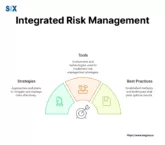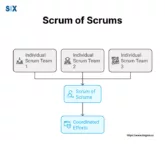Integrated Risk Management: Strategies, Tools, and Best Practices for 2025
Organizations widely face an array of risks that demand strategic management and monitoring. Integrated risk management (IRM) has given the solution for businesses to identify, assess, and control risks across their operations. This moves beyond traditional siloed approaches to create a unified system that connects risk management activities throughout an organization. What Makes Integrated Risk […]


























